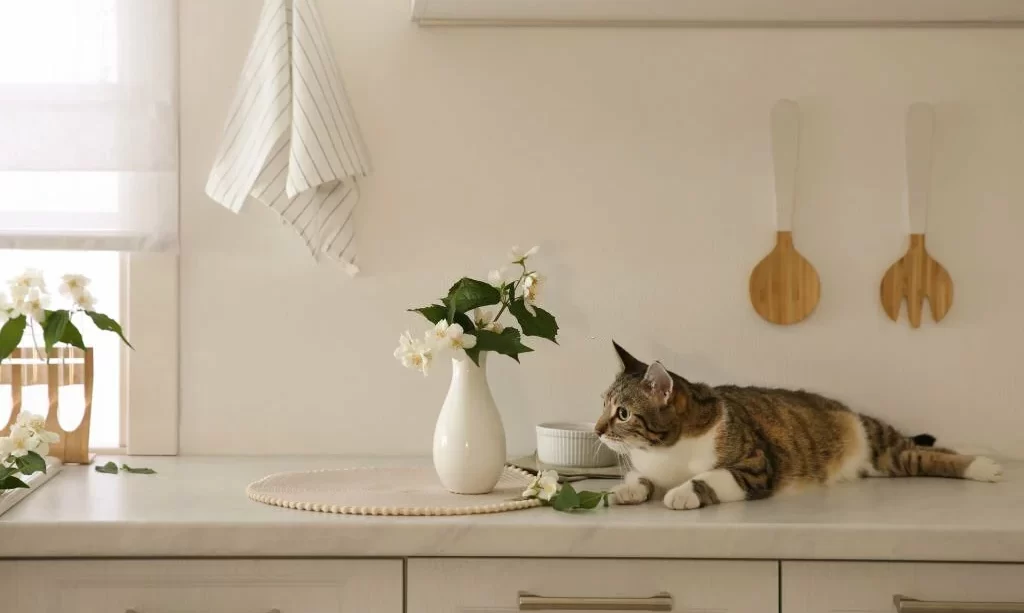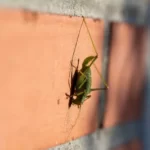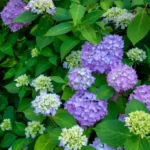Jasmine, known for its beautiful and fragrant blossoms, is a popular choice for gardens and homes. Its delicate white flowers and intoxicating scent make it a beloved addition to many households. However, while jasmine may be a sensory delight for humans, cat owners often wonder whether these plants pose any risks to their feline companions. This article aims to explore the question: Is jasmine poisonous to cats? By examining different types of jasmine plants, potential toxic compounds within them, and understanding the effects on feline health, we can provide cat owners with the information they need to ensure the safety of their pets.
- 🌱 live Confederate Jasmine is a beautifully-fragrant, Jasmine vine incredibly easy to grow and maintain
- 💚 This plant features cascading lime-green foliage with pale, pinwheel flowers that release a heavy spring aroma
- 🌞 Jasmine plants love the sun and would enjoy a spot in the landscape that receives full sun and partial shade throughout the day
- 🌳 mature Height: 10-12ft | mature width: 4Ft, Confederate Jasmine is easy to manipulate with garden steaks, garden wire, or plant clips
- 💪 This hardy vine is easy to shape along fence-lines, Trellises, mailboxes, benches, walls, decks, gazebos, and hand-rails
Types of Jasmine Plants
Jasmine plants encompass various species and cultivars, each with unique characteristics. Understanding the different types of jasmine is crucial when assessing their potential danger to cats:
- Common Jasmine (Jasminum officinale): Common jasmine, also known as poet’s jasmine, is one of the most recognized species. It’s appreciated for its small, white, star-shaped flowers and sweet, floral fragrance. This variety is often grown in gardens and can also be found indoors.
- Confederate Jasmine (Trachelospermum jasminoides): Confederate jasmine, also called star jasmine, is a twining vine known for its fragrant, white, pinwheel-shaped flowers. This species is frequently used as ground cover or for climbing on trellises.
- Arabian Jasmine (Jasminum sambac): Arabian jasmine is another popular choice, featuring delicate white or yellow blossoms. It’s valued for its strong, sweet scent and is commonly cultivated for its essential oils.
- Others: There are numerous other species and cultivars of jasmine, each with its own unique characteristics, scent, and growth habits. These can include varieties like Winter Jasmine (Jasminum nudiflorum) and Italian Jasmine (Jasminum humile).
Potential Toxic Compounds in Jasmine
Jasmine plants, known for their enchanting fragrance, contain various compounds that may raise concerns about feline health. These compounds include:
- Jasminine: Jasminine is an alkaloid found in jasmine plants. While not extensively studied in cats, some alkaloids can be toxic to pets. It’s essential to be aware of this compound and its potential effects on cats.
- Essential Oils: Jasmine plants are used in the production of essential oils, which can be highly concentrated. Ingesting or coming into contact with undiluted essential oils can be harmful to cats.
- Skin Irritants: The leaves of some jasmine plants may contain substances that could cause skin irritation or allergic reactions if a cat rubs against or chews on the plant.
Understanding the composition of jasmine plants is a crucial step in determining whether they are harmful to cats. While jasmine is beloved for its fragrance and appearance, cat owners should be aware of potential risks and take precautions to ensure their feline friends remain safe and healthy around these plants.
Symptoms of Jasmine Poisoning in Cats
In cases where a cat has come into contact with jasmine plants or potentially ingested them, it’s important to be aware of the common symptoms of jasmine poisoning. These symptoms can vary in severity and may include:
- Gastrointestinal Distress: Cats may exhibit signs of gastrointestinal upset, such as vomiting and diarrhea. These symptoms can be distressing and are often early indicators of plant toxicity.
- Drooling: Excessive drooling is a common reaction in cats exposed to potentially toxic plants. It may be accompanied by pawing at the mouth or face.
- Lethargy: Affected cats may become unusually tired and less active than usual. Lethargy is a general sign of discomfort.
- Difficulty Breathing: In more severe cases, especially when essential oils or concentrated plant extracts are involved, cats may experience respiratory distress, coughing, or wheezing.
- Neurological Symptoms: Although less common, some cats may display neurological symptoms, including disorientation, dilated pupils, or seizures.
It’s important to remember that not all cats will exhibit the same symptoms, and the severity of the reaction can vary based on factors such as the cat’s age, overall health, and the amount of exposure to the plant or its components. If you suspect your cat has ingested or had contact with jasmine and is displaying any of these symptoms, it’s crucial to seek immediate veterinary care.
Managing Jasmine Around Cats
To ensure the safety of your feline friends while still enjoying jasmine plants, consider the following management tips:
- Keep Jasmine Out of Reach: Place jasmine plants where your cat cannot access them, such as on high shelves, hanging baskets, or in rooms your cat cannot enter.
- Use Cat Deterrents: Consider using safe cat deterrents like motion-activated air sprays to discourage cats from approaching jasmine plants.
- Regular Monitoring: Keep a watchful eye on your cat when they are around plants. If they show interest in chewing or playing with the plant, gently redirect their attention to cat-safe toys.
- Limit Exposure to Essential Oils: If you use jasmine essential oils for aromatherapy, ensure the room is well-ventilated and keep the oils out of your cat’s reach.
Safe Alternatives and Jasmine-Like Plants
For those who wish to provide a fragrant and cat-friendly environment, there are alternatives to jasmine:
- Catnip (Nepeta cataria): Catnip is a well-known favorite among cats and provides a stimulating and safe source of enrichment.
- Valerian (Valeriana officinalis): Valerian is another aromatic herb that many cats find appealing. It can be offered as dried root or in cat toys.
- Cat-Safe Plants: Many plants are non-toxic to cats and can add a pleasant scent to your home. These include herbs like cat grass, mint, or basil.
Conclusion
In conclusion, while the scent of jasmine is captivating and its blooms are beautiful, cat owners should be aware of the potential risks associated with these plants. Jasmine may contain compounds that could be harmful to cats, and the effects can vary from mild gastrointestinal distress to more severe reactions.
It’s essential for cat owners to strike a balance between enjoying fragrant plants like jasmine and ensuring the safety and well-being of their feline companions. By understanding the types of jasmine, recognizing the potential symptoms of jasmine poisoning, and taking precautions, cat owners can create a harmonious living environment that allows for the pleasures of gardening and the joy of caring for their cats. If you suspect your cat has been exposed to potentially toxic plants, always consult with a veterinarian for guidance and treatment.




